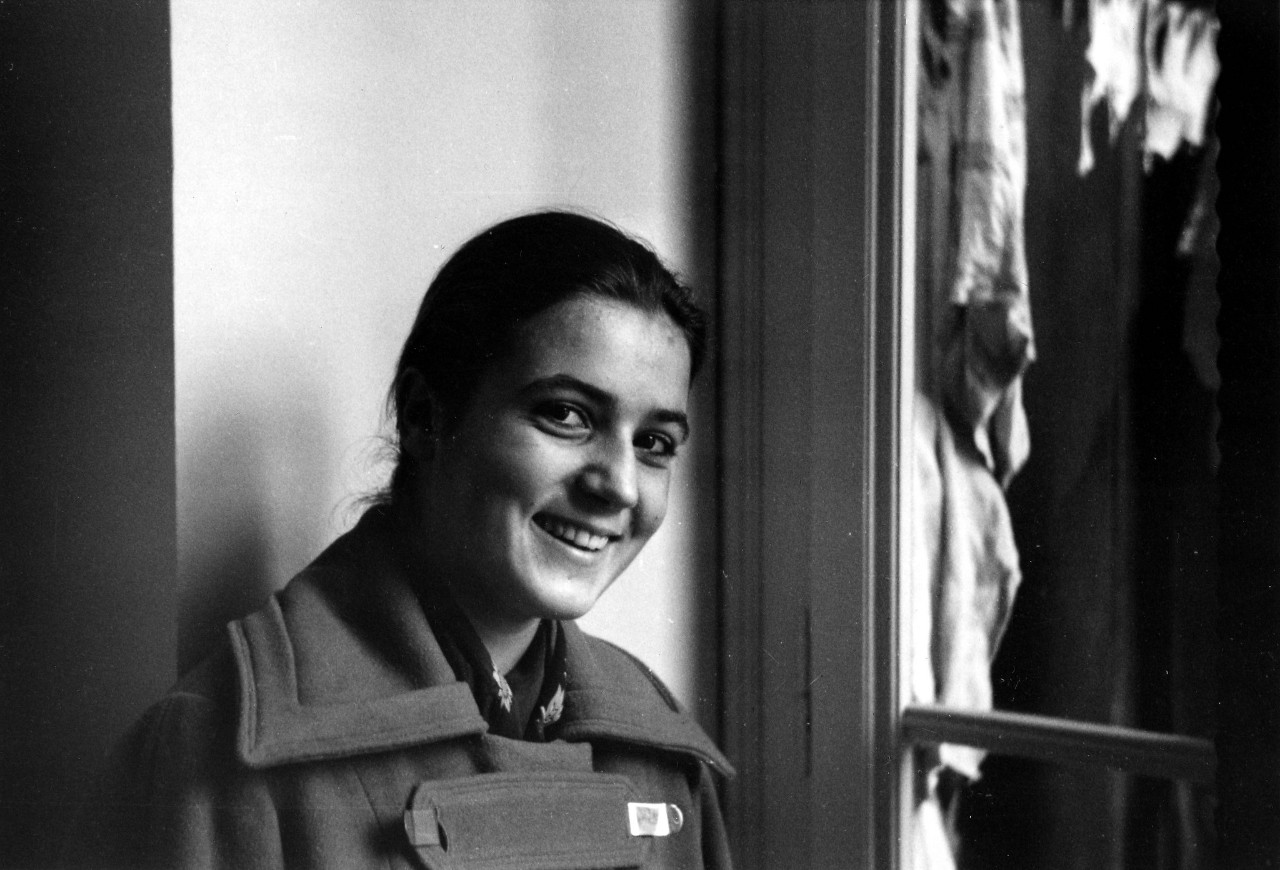Montse Grases, a typical girl

Montse's life was similar to that of any other girl her age, and at the same time, it was filled with God: she encountered Jesus in the normality of her daily routine and she gave herself generously to Him.
Is it possible to become a saint by the time you are sixteen or seventeen years old?
Montse was born in Barcelona on July 10, 1941, the second of nine brothers and sisters. She liked sports, music, the popular dances of her part of the country – including the “sardanas” – and she also enjoyed acting in plays.
She had a lively, spontaneous temperament and her reactions were sometimes brusque, although her family and teachers say that she made an effort to control her temper and to be amiable and cheerful with everyone. She had many friends, perhaps because of her open and generous way of being.
A Christian education
Her parents taught her to pray trustingly to God, and to worry about the needs of others. Since the time she was little, she used to pray every night: “My God, make us good: Henry, George, and myself.” With the birth of each consecutive sibling, this prayer grew longer. As she got older, Montse would develop some of the characteristics of her personality: joy, simplicity, order, forgetfulness-of-self and concern for others.
With a few of her schoolmates, she would visit the poor and teach catechism classes to children, sometimes bringing them toys or candies.
God’s call
When she reached adolescence, her mother encouraged her to go to a center of Opus Dei, where they were offering classes of Christian and human formation for young women. In a natural way, she began striving to be a better person, to be more pious, and to bring others closer to the love of God.
In the summer of 1957, she was happy to discover that her older brother had decided to enter the seminary to become a priest. Ever since that moment, she began praying in a special way for priests.
Little by little, she started to realize that God had a personal calling for her as well, and on December 24, 1957 – after praying about it calming and asking for advice –, she asked to be admitted to Opus Dei. She experienced a great spiritual joy in giving herself generously to the Love of God: it was a gift of the Holy Spirit that accompanied her to the end of her life and which she also spread to others. From that moment onward, she strove to deepen in her spiritual life, putting prayer and the contemplation of Jesus’ life in the first place, along with Eucharistic piety and devotion to Our Lady.
Aware that the Christian life is a constant struggle for the sake of love, she would examine her conscience each night, asking herself in God’s presence if she had corresponded well to His love, an exercise she tried to carry out with joy even in the midst of small – or not-so-small – difficulties. In a letter written to Saint Josemaria, the founder of Opus Dei, she says: “You won’t imagine how happy I am, Father, although at times it’s a bit hard for me.”
Love refined by suffering
In December 1957, she began to suffer pain in her left leg. Weeks went by and the pain did not lessen. Her main worry was not to incur unnecessary expenses for her parents, because she realized the sacrifices they were making in order to make ends meet for a big family. Six months later, they discovered what was causing the pain: a cancer in her femur – Ewing’s sarcoma – and her condition was already quite grave.
It’s worth noting how she received the news about her illness. Her father explained it all to her, with clarity and without euphemisms. Montse reacted peacefully and with a supernatural perspective, as one can gauge by the way she described it to a friend the next day: “I am happy and calm. I have great peace. I want what God wants. Remind me if I forget: I want God’s will. This will be the second gift of myself that I make to Our Lord.” To another friend she confided: “I am very afraid of pain and doctors scare me… but if God sends me suffering, like you said, He will also help me a lot, and so will all of you.”
Montse transmitted peace in the midst of her illness and death, because she was thinking of Our Lord’s Cross, and also in Holy Mary. When she was no longer able to leave her house, she received a number of visitors. She tried to avoid being the center of attention or that others would feel sorry for her; instead, she took interest in the needs around her. She even asked one friend to teach her to play the guitar, to be able to entertain her visitors. Those who visited her would leave with peace in their hearts and with a desire to get closer to God.
“I think that if I am faithful to what God asks of me each day, He will give me his grace. I am ready for anything because it is worth it.” These words of hers could summarize the life she lived, one of fidelity of a loving daughter of God, faithful in big and small things.
She died on Holy Thursday, 26 March 1959, with only a few months to go before her 18th birthday. Friends and family attending the wake and funeral doubted whether they should offer condolences or congratulations, convinced that Montse had gone to heaven and that she was interceding for them, as she had promised. She herself had said that she didn’t want anyone to cry. In 1994, her tomb was transferred to the chapel of Holy Mary of Bonaigua in Barcelona. Many people go there to pray before her tomb and seek her intercession.
On April 26, 2016, Pope Francis approved the decree of the Congregation of the Cause of Saints that declared that Montse lived the virtues to a heroic degree and recognized her fame for holiness.
Source: www.opusdei.org




